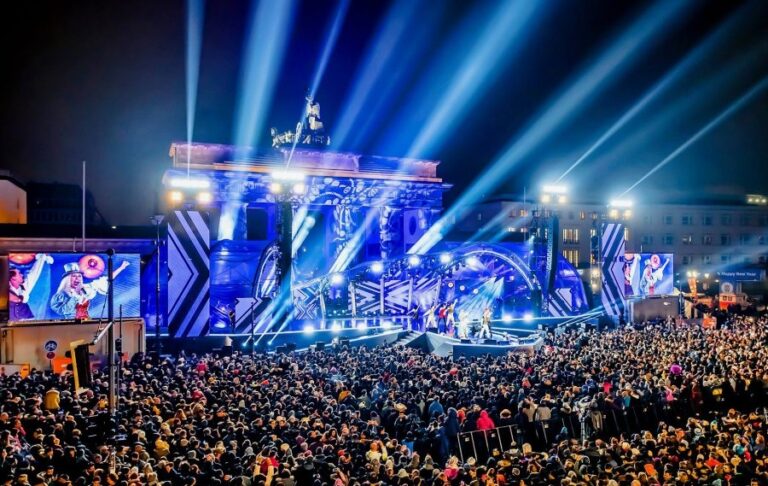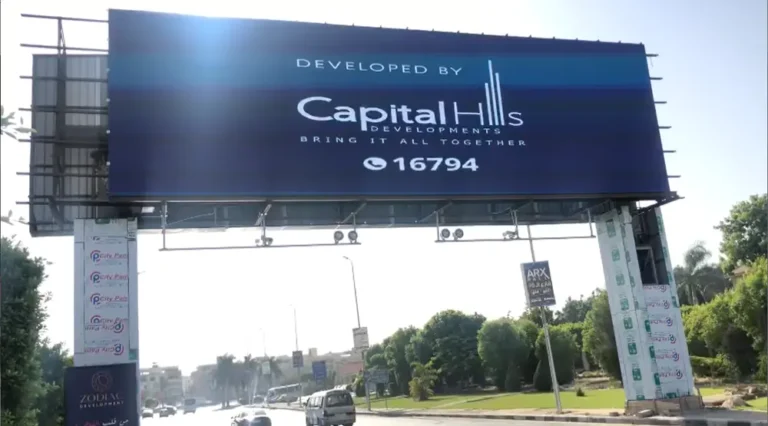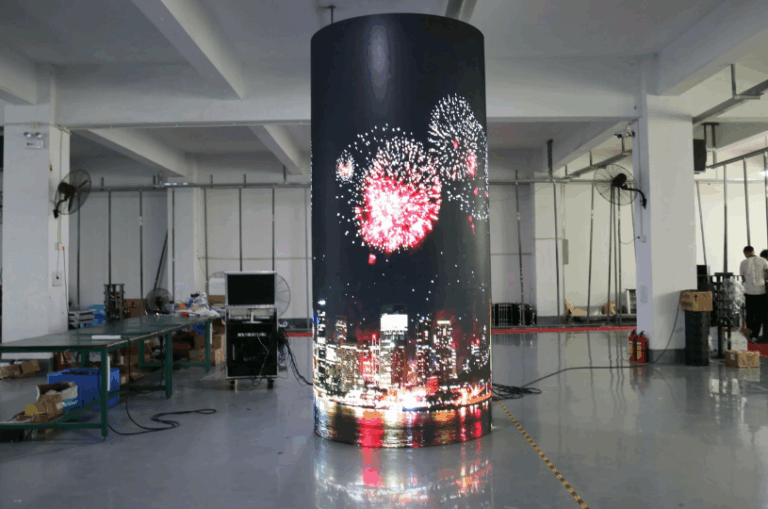A light-emitting diode is a two-lead semiconductor light source.It wasn’t until 1962 that Nick Holoniac came up with the idea of a light diode, and he was working for a general electric company.
LED is a special type of diode with the same electrical characteristics as the P N junction diode,it allows the current to move in the lead and works to stop the current from going in the opposite direction.The LED occupies a small area that is less than 1 mm2.

What is a Light Emitting Diode?
An LED is a type of p-n junction diode that works on the principle of electro-luminance,a material called electro-luminance is used to convert electrical energy into light energy which later helps in the propagation of light energy,when light is emitted in the front bias, it is called a light-emitting diode.
Construction of LED
The materials used in LEDs are usually gallium arsenide (GAS), gallium phosphide (GAP), or gallium arsenide phosphide (GASP),any of the above materials can be used in the construction of LED but the color of the illuminated light changes with the change of material.
In the table below you can see the name of the material, the corresponding color of the light they emit.
| MATERIALS IN CONSTRUCTION | COLOUR | FORWARD VOLTAGE (IN VOLTS) |
| GaP | Green/Red | 2.2 |
| GaAsP | Yellow | 2.2 |
| GaAsP | Red | 1.8 |
| GaN | White | 4.1 |
| GaN | Blue | 5.0 |
| AllnGaP | Amber | 2.1 |
| AllnGaP | Yellow | 2.1 |
How does the Light Emitting Diode work?
LED is nothing but a light-emitting diode which we know as a form of a diode,when the diode is in the forward-biased side the electrons are moving rapidly at the hole junction and are continuously joining,so it makes the whole atom more stable and it bursts a little bit of energy in the form of a small packet or photon of light.
Working of Light Emitting Diode
As can be seen from the figure, the N-type silicon is red in color and contains electrons, P-type silicon is blue in color and has holes, the power supply to the p-n junction biases the diode forward and pushes the electrons from n-type to p-type. Pushing the holes in the opposite direction.Electrons and holes are connected at the junction,photons are closed as the electrons and holes are rearranged.
Working Principle of LED
The working principle of LED works on the quantum principle.According to quantum theory, electrons move from high energy levels to low energy levels,when energy is released from a photon, the distance between the two levels of photon energy is the same.If the PN-junction diode is in the forward bias, current flows through the diode,the flow of current in semiconductors is due to two currents in the opposite direction of the current and the flow of electrons in the current direction.
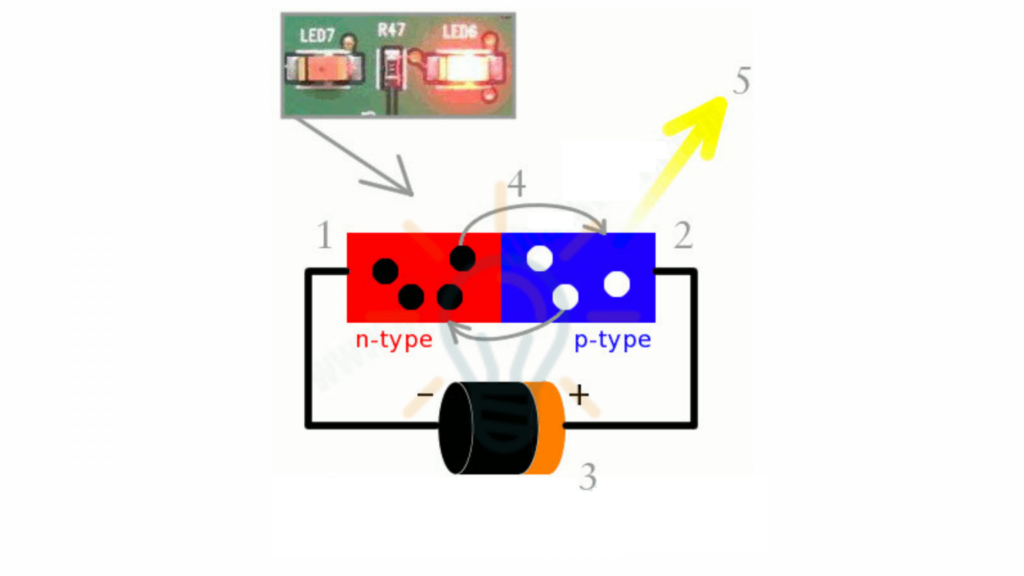
Hence there will be recombination due to the flow of these charge carriers,the recombination indicates that the electrons in the conduction band jump below the valence band.When electrons jump from one band to another the electrons will emit electromagnetic energy in the form of photons and the photon energy is equal to the forbidden energy interval.
Applications of Light Emitting Diodes
Light Emitting Diodes have many uses but some of their uses are as follows.
LEDs are widly used in LED screens as billboard or entertain background.
LEDs are used in household LED lamps.
LED fluid is used as an industrial light.
Roads are used in street lights and traffic signals.
Used in digital clocks and in calculators.
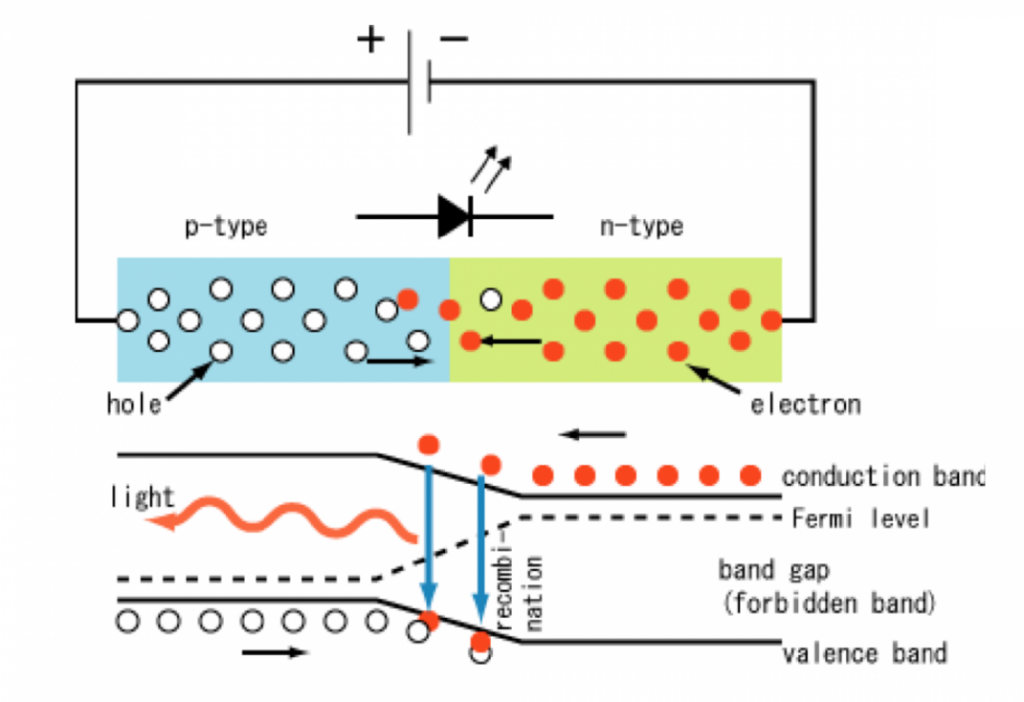
Advantages of LED
1.Temperature range-Its operating range is found in a wide range of 00C -700C
2.Switching time-LED switching time is in the order of 1ns. Thus, they are useful in dynamic operations where a large number of arrays are used.
3.Low power consumption- It uses very little power and can run even if the given power is low.
4.Better control-The radiant power of the LED is the function of the current flowing through it. Thus, the light intensity of the LED can be easily controlled.
5.Economical and reliable-LEDs are cheap in price and have a high degree of reliability.
6.Small size and portability-They are small in size and can be stacked together to form an alphanumeric display.
Disadvantages of LED
1.Overvoltage or Overcurrent- There is a possibility of loss when the power exceeds a certain limit. The same is possible even when the power is low.
2.Overheating due to radiant power- It heats up with an excessive increase in radiant power. This can damage the LED.

About Dylan Lian
Marketing Strategic Director at Sostron

